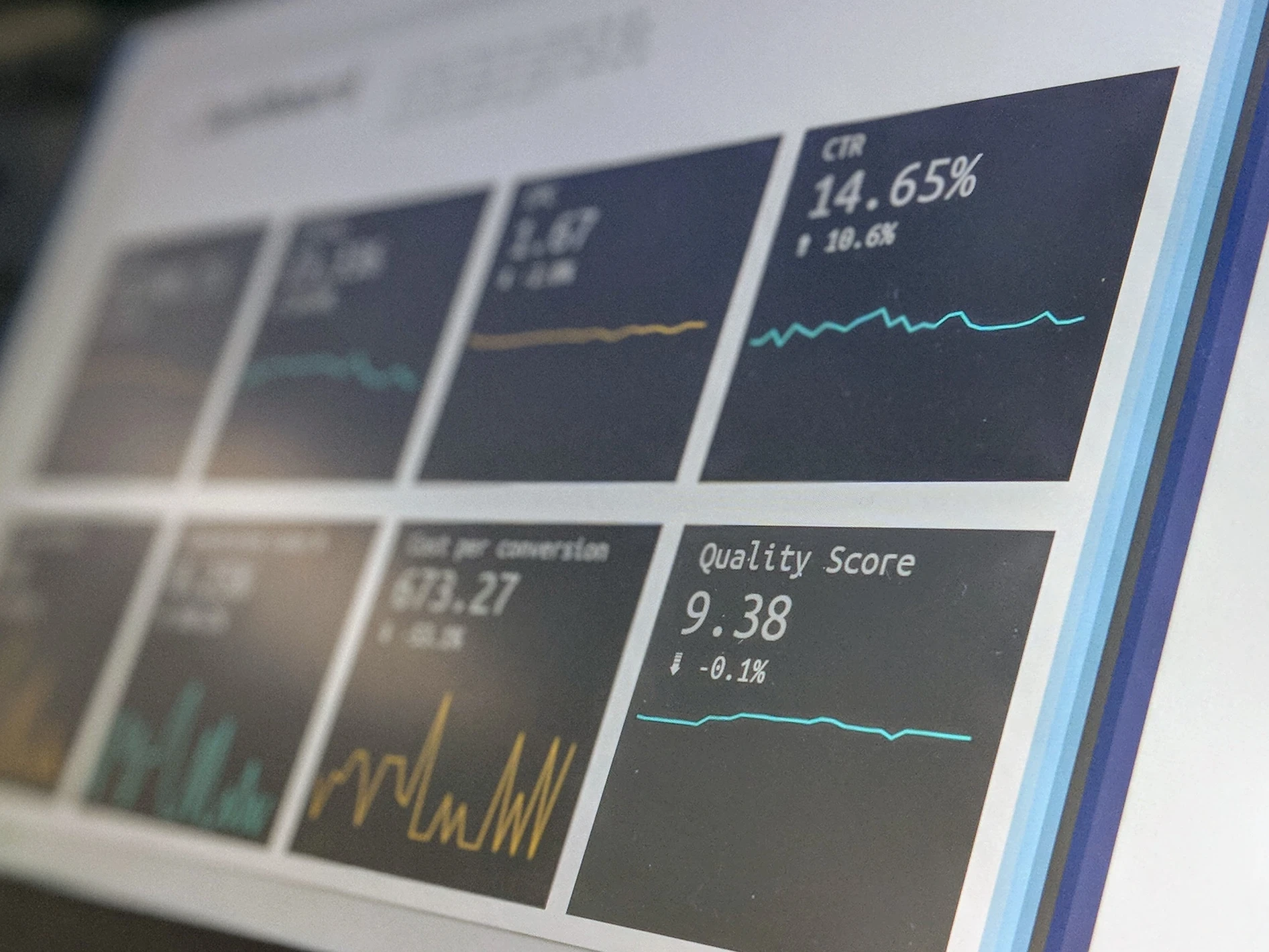
The tech heavy S&P 500 and Nasdaq extended their winning streak to five consecutive months, while the Dow Jones Industrial Average marked its second consecutive month of gains in July. The Dow closed the month with a 3.34% increase, the S&P with 3.11%, and the Nasdaq with 4.04%. Notably, the small-cap Russell 2000 outperformed all, registering an impressive 6.05% gain.
The stock market’s positive performance can be attributed to various factors we’ve been discussing in our previous writings: a resilient economy, declining inflation, and the Federal Reserve nearing the end of their rate hike cycle. As a result, fears of a recession have subsided, and the likelihood of a soft- or no- landing scenario is growing stronger.
To this point, this past Wednesday, U.S. Federal Reserve Chair Jerome Powell said in a press conference that the central bank’s staff no longer forecasts a U.S. recession and “we do have a shot” for inflation to return to target without high levels of job losses. Following up that comment yesterday, Federal Reserve Bank of Chicago’s Goolsbee noted the Fed is on a “golden path” to a soft landing.
Earnings season is under way and has thus far surpassed expectations, adding further optimism to the market and helping reduce our fears of lofty valuations. Positive results are helping to fuel the broader market rally (remember, the rally started with just a few stocks earlier in the year) and numerous measures of internal strength are looking the best they have in over a year.
With all these positive drivers in place, it appears there is still plenty of upside potential for stocks in the near future. I would be remiss to say the upward bias does not come without risks. Two near-term risks to this rally are the extreme investor optimism (which is viewed as a contrarian signal- too much greed with folks chasing returns) and the historical calendar seasonals (markets tend to pull back this time of year before surging into the holidays). These are short-term events that do not cause markets to reverse, they are simply things to be aware of that can exacerbate volatility once a move begins.
The 800lb Gorilla in the room at the present time is the inverted yield curve. Many analysts point to the fact it has a perfect track record of predicting past recessions while others are saying, “it’s different this time”. The argument goes something like this: Inverted yield curves of the past were a function of a slowing economy whereas this time, it’s a function of future inflation expectations being lower, thus making longer term rates lower than the fed controlled short-term rates. (Read that a couple of times!) Both arguments are valid, but in the end, the most important thing to know it that the inverted yield curves track record of predicting recessions has a horrible history of timing them (some past signals were two years in advance) and markets have tended to grow during the inversion phase.
Looking back at the past month, I have to give July a solid A on both my economic and technical scorecard. Positive earnings results thus far are easing my valuation fears while calendar effects and extreme optimism raise the bar for volatility in the short run, which I would view as a buying opportunity should the data remain consistent. The bond market is signaling a recession in the future via an inverted yield curve, but it has no clue when this could take place and there are arguments as to whether that’s even valid this time around while the Fed has telegraphed a no recession / soft-landing scenario.
In the past it’s been said, you never want to fight the fed!
Should you wish to discuss the current markets, our strategy, or just touch base to see how things are going, please don’t hesitate to reach out to our office @ 843-651-2030. Also, feel free to share these newsletters with your friends and family via email and visit us on our website at www.sabowealth.com or www.facebook.com/sabowealth.
Important Disclosures: Past performance is not a guarantee of future results. The statements contained herein are solely based upon the opinions of Edward J. Sabo and the data available at the time of publication of this report, and there is no assurance that any predicted or implied results will actually occur. Information was obtained from third-party sources, which are believed to be reliable, but are not guaranteed as to their accuracy or completeness.
